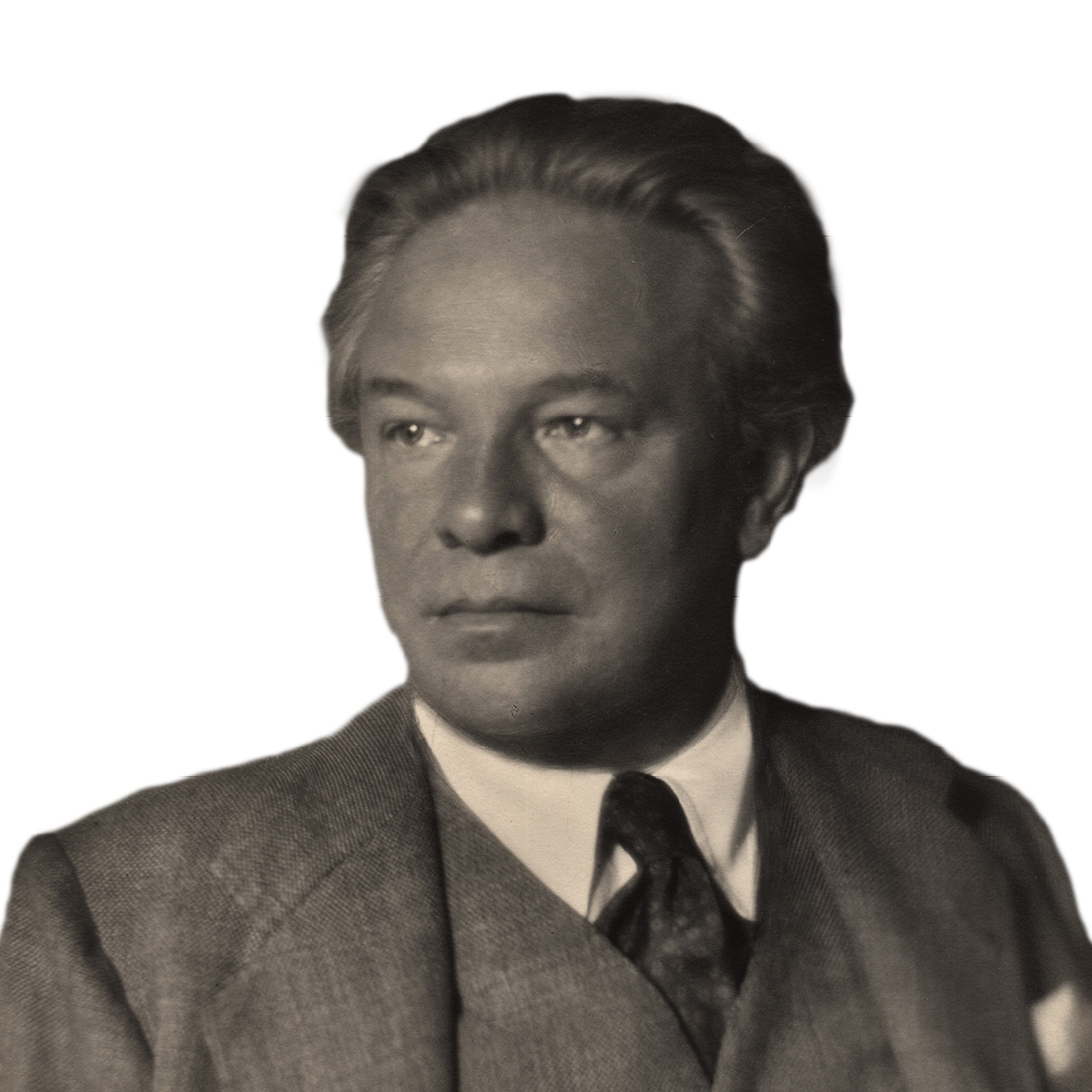
|
Fontane di Roma (“Fountains of Rome”) |
Composed: 1915-16 Estimated length: |
|
Born on July 9, 1879, in Bologna, Italy; Died on April 18, 1936, in Rome, Italy |
|
|
First performance: September 30, 1791, at the Theater auf der Wieden in Vienna. |
|
|
First Nashville Symphony performance: October 30, 1951, with Guy Taylor conducting at War Memorial Auditorium. |
|
As a young man, Ottorino Respighi studied and performed in Russia (where he found an important mentor in Nikolai Rimsky-Korsakov, a wizard in the art of orchestration), as well as in Berlin. He moved back to his native country and, in 1913, settled in Rome to teach composition at the Accademia Nazionale di Santa Cecilia, writing his most famous orchestral works for the conservatory’s orchestra (founded in 1908).
Fontane di Roma (Fountains of Rome) was an immediate success, putting Respighi on the international map. He composed two “sequels” over the following decade: Pini di Roma (Pines of Rome) and Feste Romane (Roman Festivals). Respighi’s vivid sonic portraits of his beloved Rome brilliantly conjure a sense of atmosphere in their confrontation of past and present, nature and the urban setting. Each of these symphonic poems comprises four sections, thus evoking the four movements of a symphony. But the effect for contemporary audiences more likely evokes transition from one scene to the next in a film.
A quartet of grand Baroque-style fountains are the “protagonists” of Fontane di Roma. They also convey shifting impressions of the city at different times of the day, from pastoral dawn to nostalgic sunset. There is no narrative beyond this charting of the day’s progress. Respighi uses a process of association to express, in his words, “the sentiments and visions suggested…by four of Rome’s fountains contemplated at the hour in which their character is most in harmony with the surrounding landscape, or in which their beauty appears most impressive to the observer.”
WHAT TO LISTEN FOR
Respighi opens by depicting a misty, pastoral dawn with the “Fountain of Valle Giulia,” setting up a dramatic contrast with the exuberant “Triton Fountain.” Its celebrated sculpture of the merman-like Triton (a masterpiece by the Baroque sculptor and architect Gian Lorenzo Bernini) strikes an impressive sonic pose, blowing his horn “like a joyous call, summoning troops of naiads and tritons, who come running up, pursing each other and mingling in a frenzied dance between the jets of water” (Respighi).
At midday we reach the “Trevi Fountain.” This largest of Rome’s great fountains calls forth music of pompously triumphal majesty. The associated mythological figure is Neptune on his chariot riding across the sea, followed in turn by sirens and tritons as the procession recedes into the distance.
“Villa Medici Fountain” closes the set with a touch of pathos at sunset. Nature again provides a frame in the form of warbling birds and tolling bells that fade as night envelops the dying light.
Scored for 2 flutes and piccolo, 2 oboes and English horn, 2 clarinets and bass clarinet, 2 bassoons, 4 horns, 3 trumpets, 3 trombones, tuba, timpani, percussion, 2 harps, celesta, piano, organ (ad lib.) and strings
− Thomas May is the Nashville Symphony's program annotator.